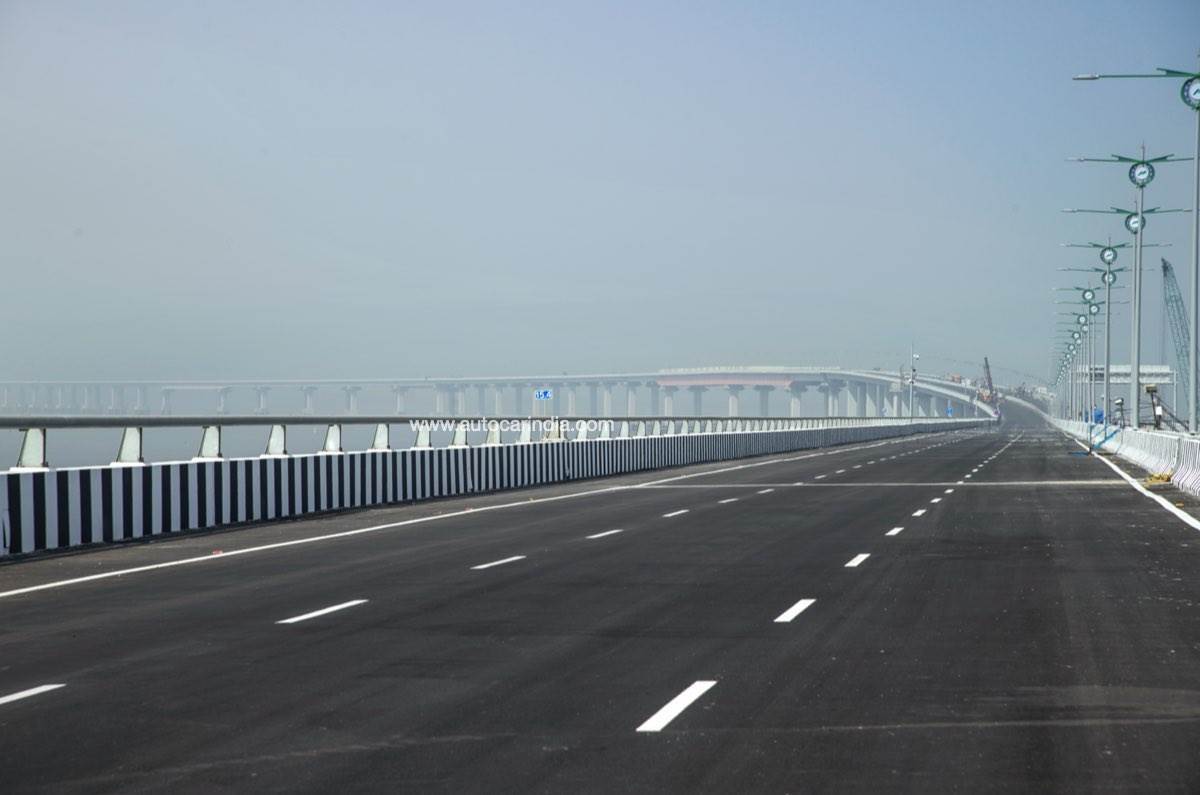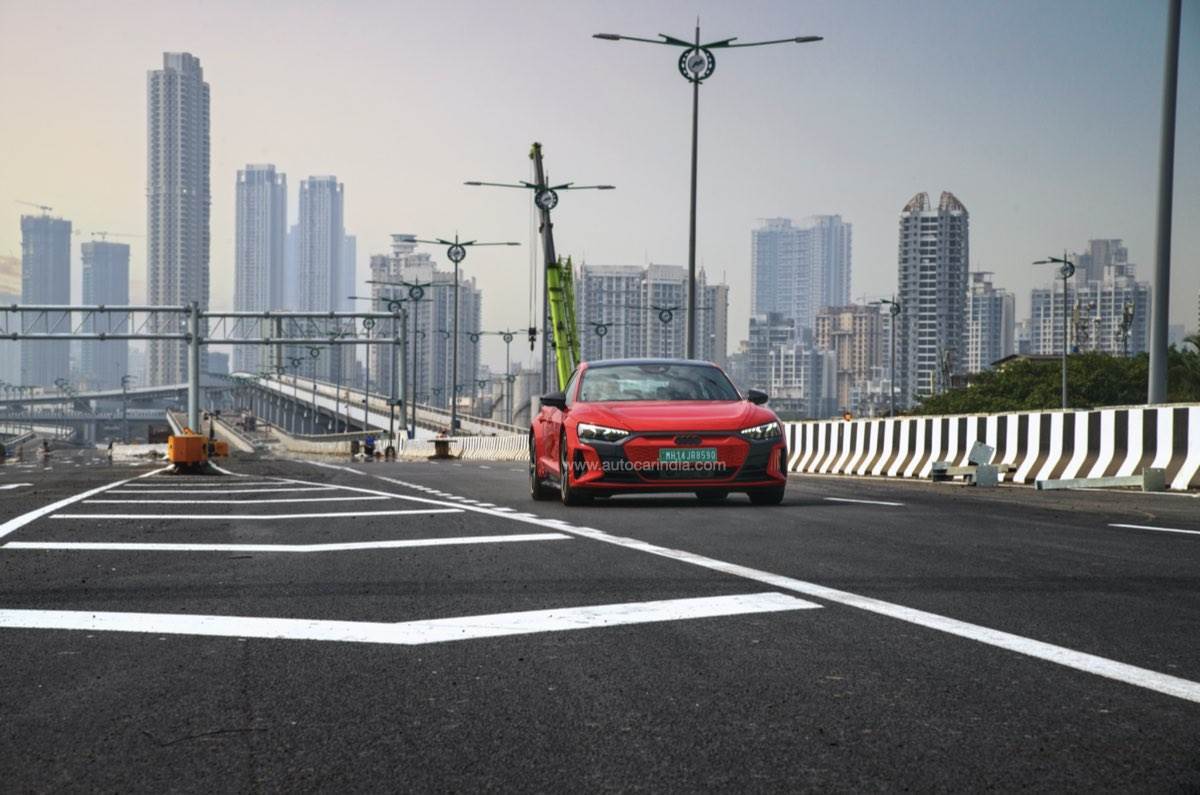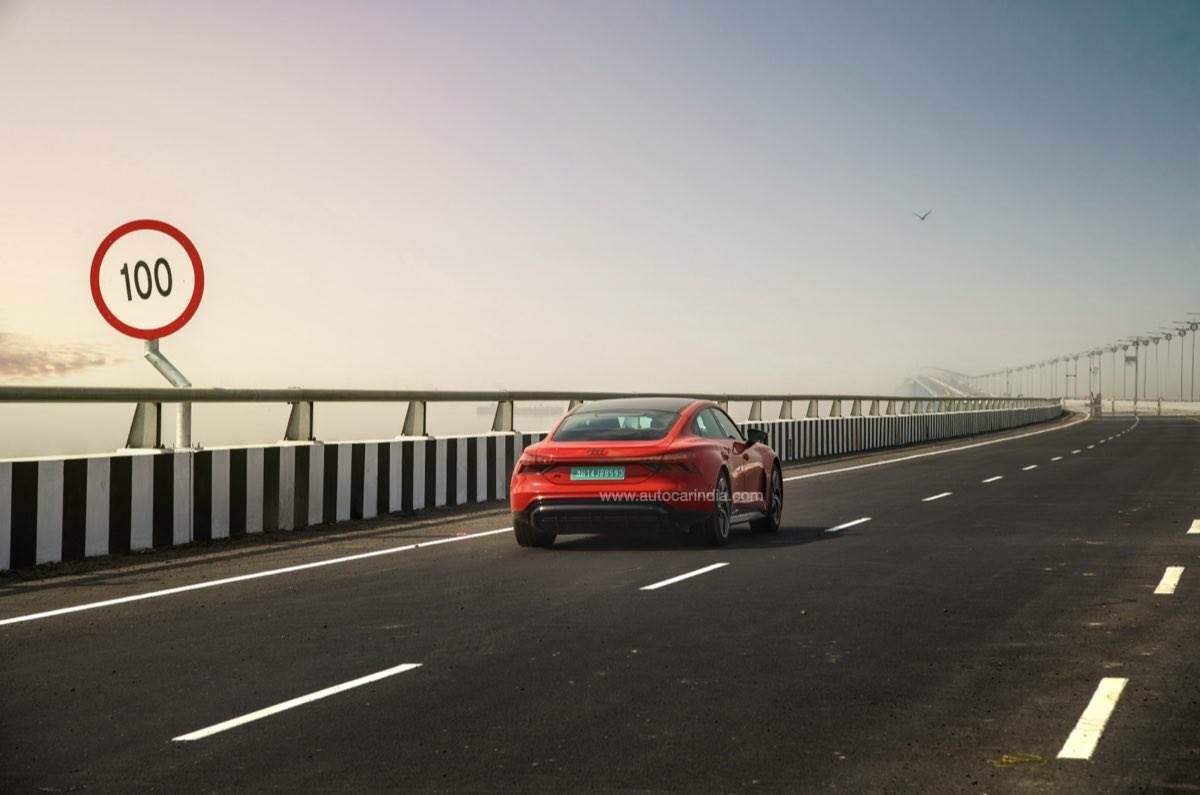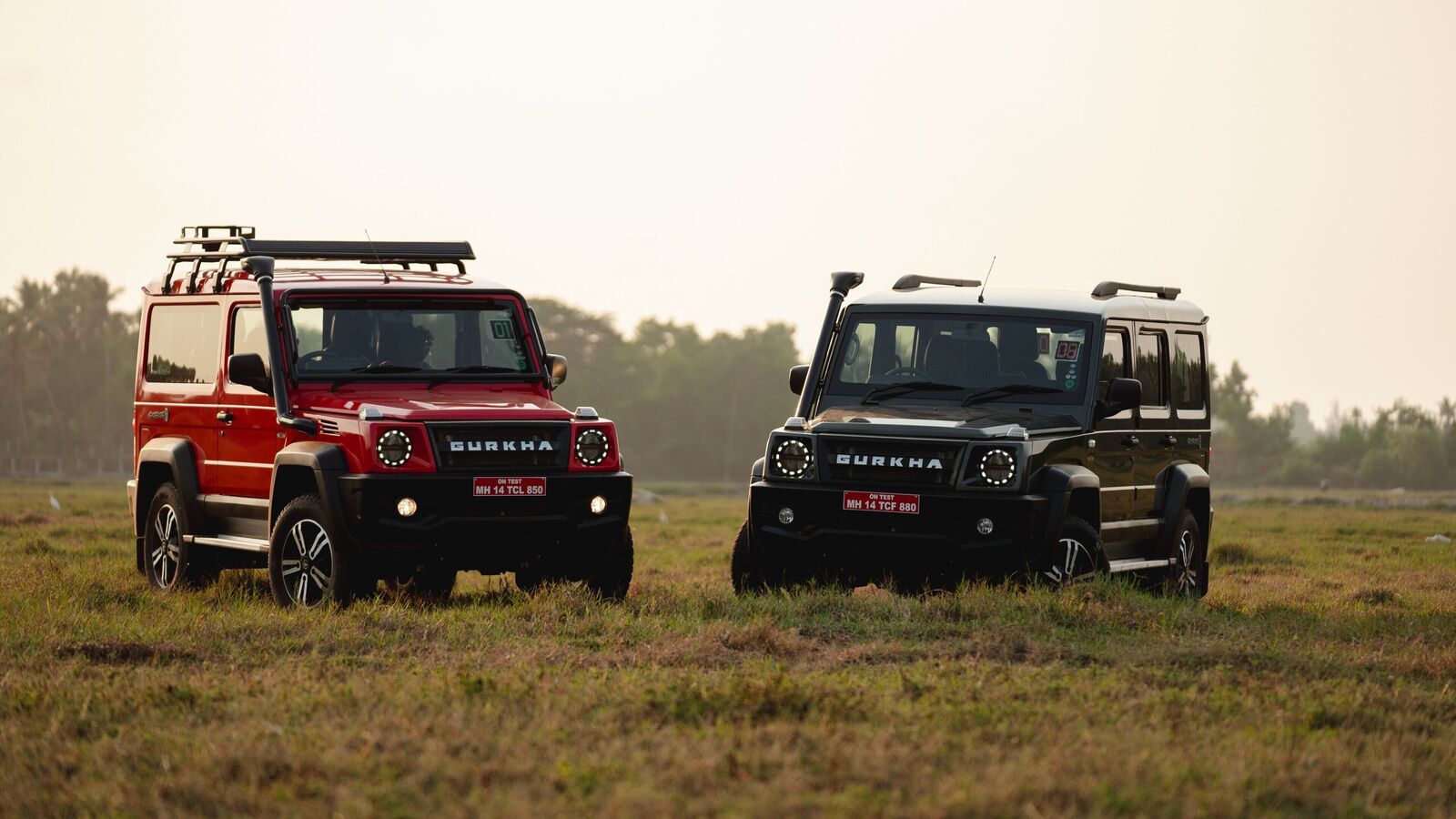The Mumbai Trans Harbour Link road is quite a feat of engineering and it’ll be ready for public use on January 12, 2024. It is India’s longest sea bridge yet, and is expected to ease traffic in the Island City by a significant amount, linking South Mumbai to Navi Mumbai. While our drive on the MTHL showed what the new sea bridge is like, here are some things you may not know about the Mumbai Trans Harbour Link road.
1. Design and engineering
Engineering the bridge was particularly challenging. The most logical type of bridge, the cable stay, was ruled out as it would have interfered with the flight path of the flamingos. So for spans more than 60 metres long, a technology called the Orthotropic Steel Deck (OSD) is used. Here, a steel deck is used for strength and steel ribs are used to keep the structure ‘light’, instead of solid steel beams.
2. From Japan with Love
The bridge was constructed from special steel sections imported from Japan (Japan also provided the finance for the bridge). Each section was manufactured, assembled and individually tested in Japan, before being disassembled, carefully packed and then shipped to India. These sections are very strong and can take big loads. The self weight of the bridge – the weight of the bridge with no cars on it – is 80 percent of the total, so overloading the remaining 20 percent (with vehicles) isn’t really an issue.
3. Rypee and Yen
Japanese banks provided most of the finance for the bridge (it costs roughly Rs 18,000 crore). The bridge is split into various packages and trusted Japanese contractors with engineering and construction experience on similar bridges were shortlisted. Package one is built by L&T and IHI of Japan, with Tata-Daewoo and JFE (Japan’s Just For Earth) taking up the next package as subcontractors. Steel bridges have only two packages.
4. Extreme tests
A model of the bridge was made to test seismic loads experienced during earthquakes, and the bridge has been built to handle over 1.5 times the most intense earthquake likely to take place in this region. The bridge is also safe for wind speeds of up to 150kph (wind tunnel tests were done on a model in Korea), and high winds are countered by something called tuned mass dampers, also seen on tall skyscrapers, will be used.

5. Keeping track
Many long bridges around the world also incorporate railway or metro tracks, either on parallel or lower or higher decks. The problem with incorporating railway lines here is that the gradient on this bridge, as it rises and dips (to allow ships to pass and avoid the flamingo flight path), are too steep for a train to manage. There’s also no space on the Sewri side to build a long shallow ramp, as the curvature needed in tight and congested Mumbai is too tight for a train to go around.
6. Tread lightly
A sum of Rs 330 crore was mandated and set aside for the environment management plan. This includes the plantation of mangroves, the relocation of the trees, air pollution monitoring, water pollution monitoring and monitoring of flamingos for 10 years. The MMRDA also formulated a fisherman compensation policy, a first of its kind in India. A social impact assessment study is done, and then the existing fishermen and families are compensated, depending upon the level of impact on their livelihood.

7. Barge to bridge
Some of the largest marine barges that exist in India were used to help build the bridge. This is because embankments made of earth, normally used, were not allowed (to protect the wetlands ecosystem). Measuring 100 metres by 60 metres, the largest barge is as big as a football field. The barges help carry steel and concrete sections that weigh upwards of 4,000 tonnes. Also used to help erect the structure are temporary bridges made of steel pipes. The cost of the temporary bridges alone was Rs 500 crore.
8. Ticket size
Toll for the bridge will be collected at the Chirle end where a toll plaza is being built. Most of the tolling will be automatic (open tolling) so the flow of traffic will not be affected. Those who drive through without digitally paying will be caught on camera and fined up ahead. There will also be a traditional cash lane for those who want to pay cash; 5-7 percent of the toll is still collected in cash.

9. Costs and toll
A toll of Rs 500 was proposed by the MMRDA who made the bridge. This sounds expensive, but the bridge is 21.8km long and MMRDA will have to repay the loans taken to build the bridge. The total cost of the project is roughly Rs 18,000 crore. One-way toll has now been fixed at Rs 250 by the government, with return toll standing at Rs 375. A daily pass costs Rs 625 and the price for a monthly pass is set at Rs 12,500.
10. Safe and secure
For greater security, CCTV cameras are installed every 250 metres. These will be consistently monitored and there will be emergency call boxes placed at regular intervals as well. The bridge will also have two small police chowkies, with emergency services and support vehicles also stationed midway.
Stats and data
The total length of the MTHL bridge is 21.8km; 16.50km is over the sea and 5.5km is over land.
The Atal Setu has 6 lanes (3+3 lanes) plus one emergency lane on both sides.
There are seven OSD that span between 90-180m, a first for India.
There are interchanges at Sewri in Mumbai, Shivaji Nagar, SH-54 in Jasai and at Chirle on NH-348.
The speed limit 100kph.
Also see:
Driving on Mumbai Trans Harbour Link: Mumbai to Navi Mumbai in 15min



